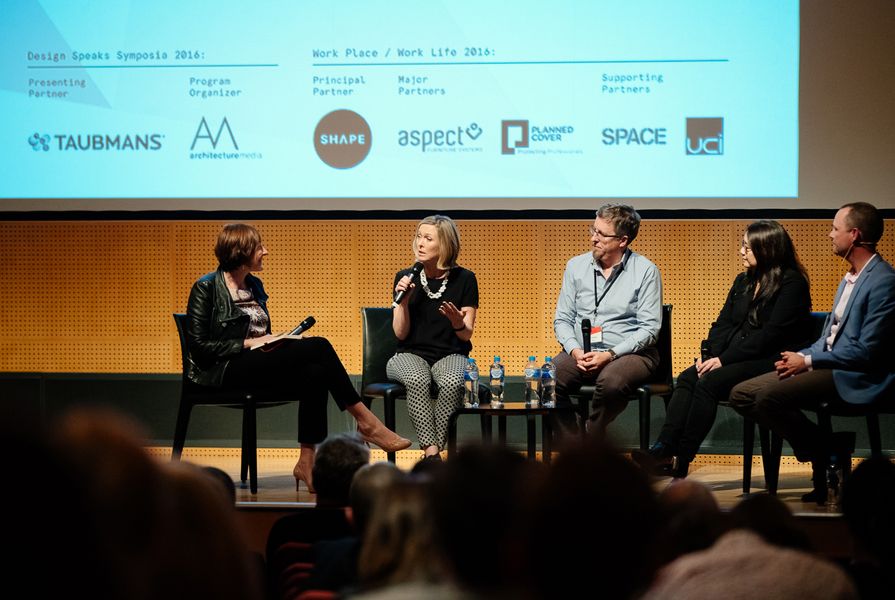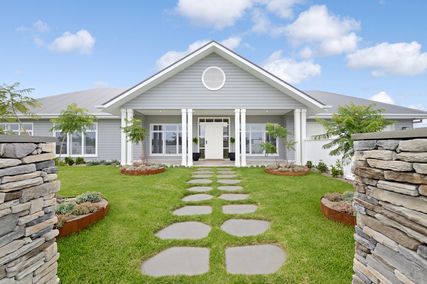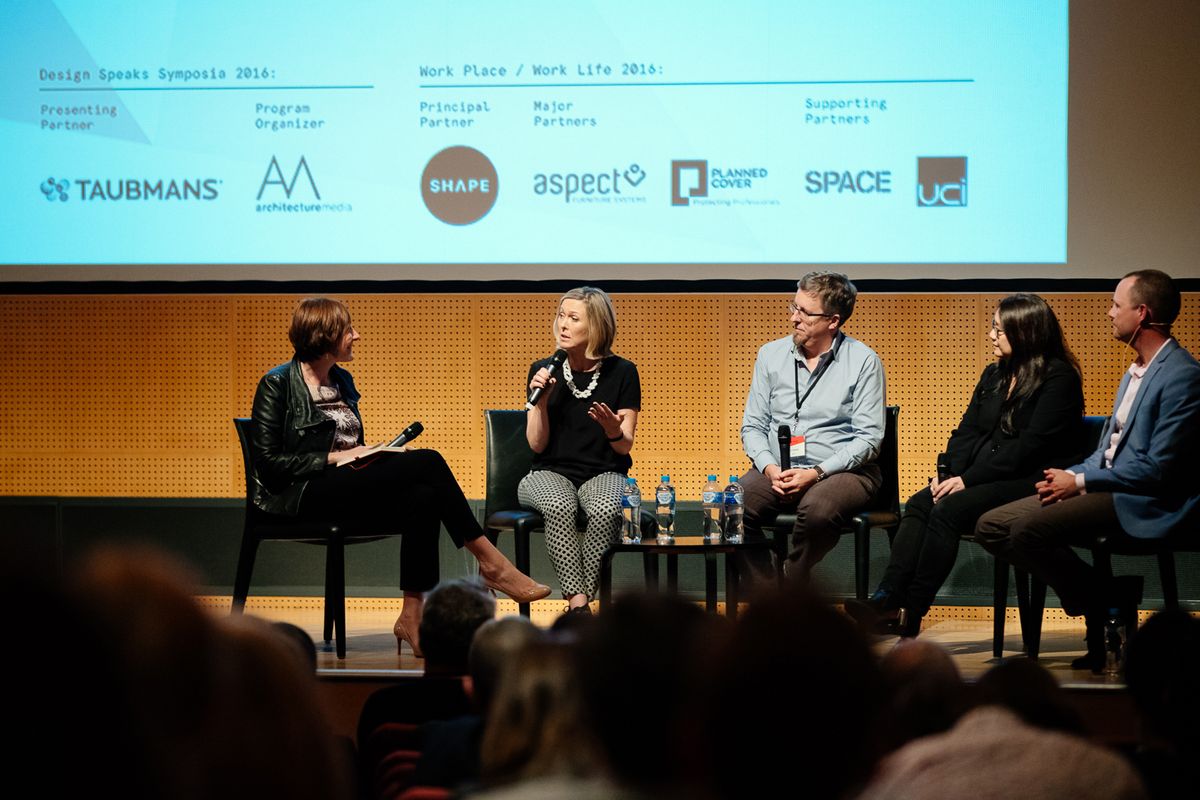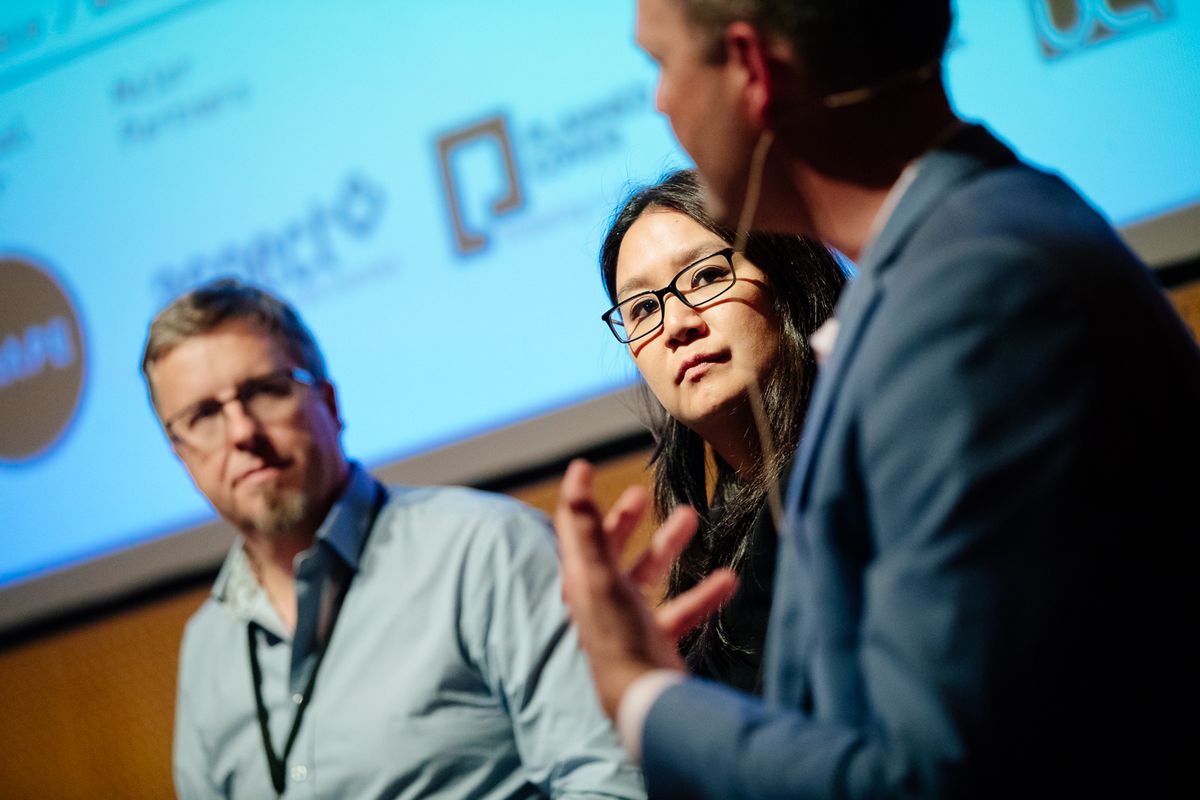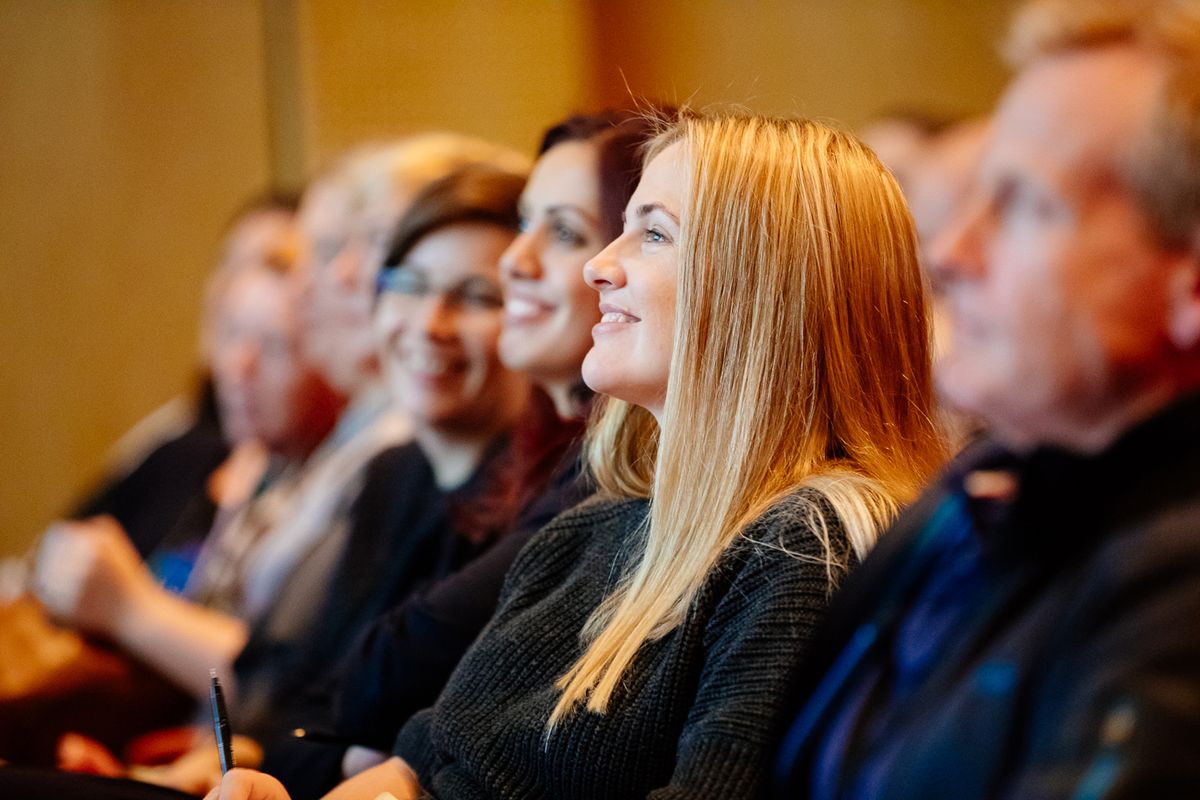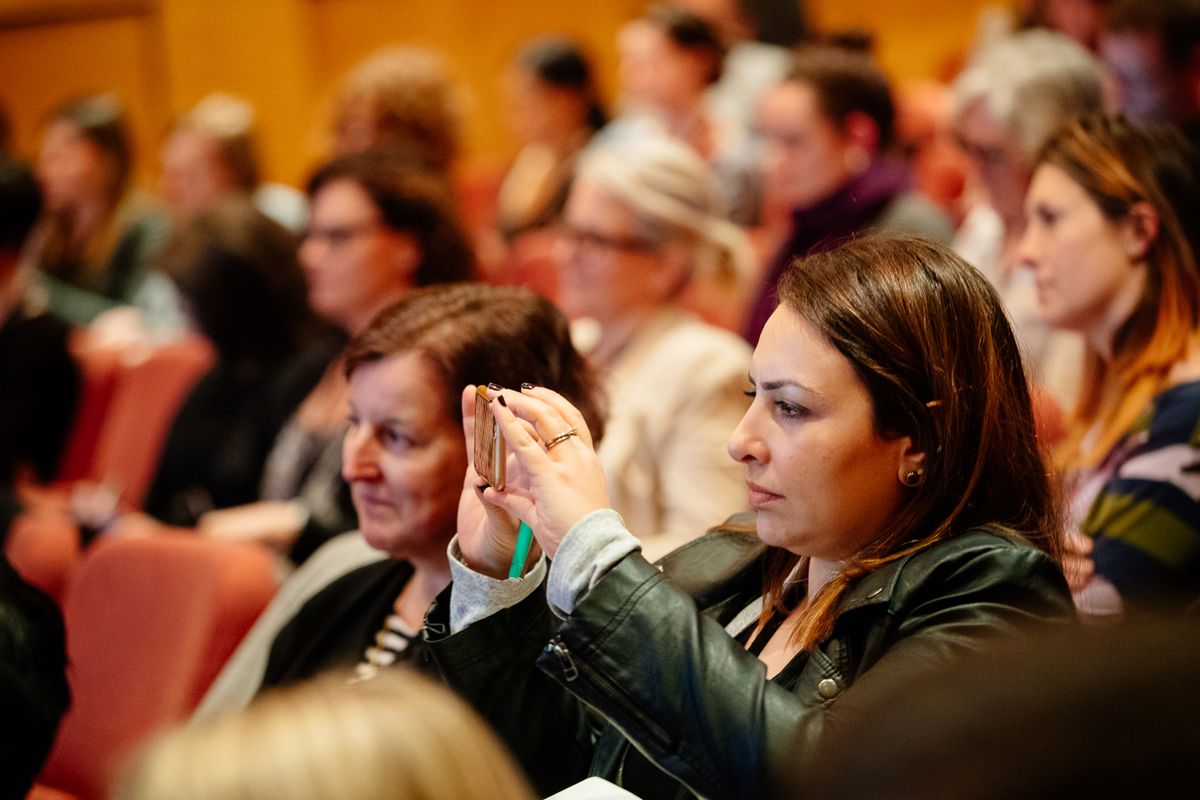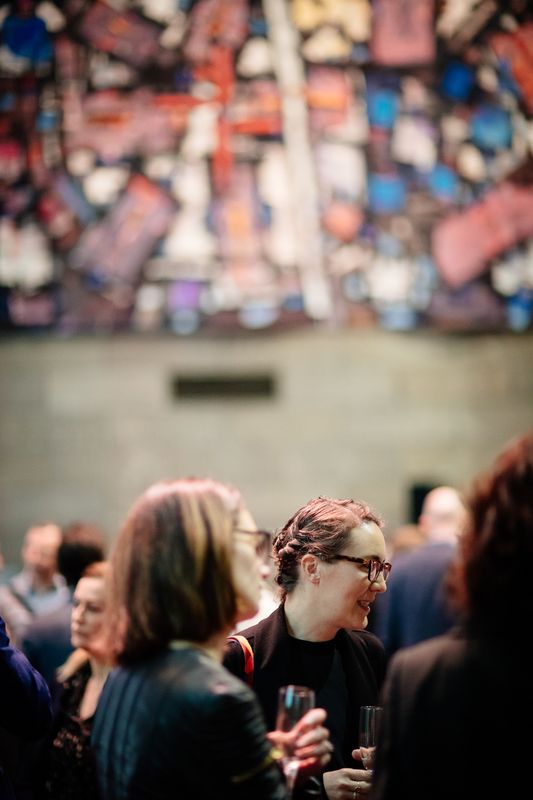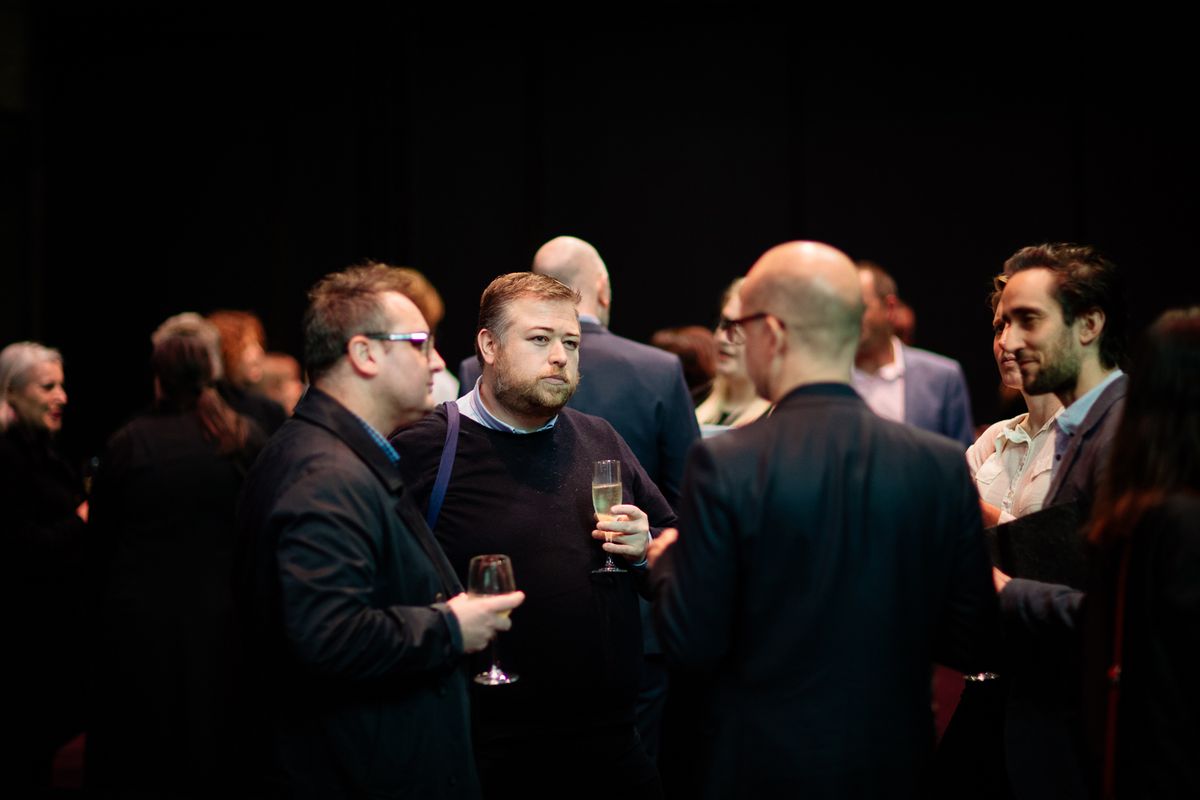What was the most frequently used phrase at the 2016 edition of Work Place / Work Life, a forum about the future of workplace design? “It depends.”
It depends on the organization. It depends on where they are going. It depends on what they do. How they feel about what they do. How they do it. How they might want to do it tomorrow. It doesn’t really depend much on workstation size or technology type.
This annual forum, part of Architecture Media’s Design Speaks program, explored varying scales and typologies of workplace design, from varying perspectives including those of the designer, the innovation consultant and the data analyst. A common thread – expressed so concisely in the phrase “it depends” – is that designing places for people to do their best “work” requires design teams to delve deep into the culture of the client’s organization and then respond to the specific culture they are designing for.
The symposium was structured around four keynotes by international speakers. Three of the speakers – Peter Andrew, director of workplace strategies (Asia Pacific) at CBRE (Singapore), Su Lim, head of global client engagement at Hassell and founder of Work Collectiv (Singapore/Australia), and Cai Kjaer, co-founder of Optimice and CEO and co-founder of SWOOP Analytics (Australia) – explored ways of approaching “work” and the design of spaces to optimize it. From the ways Artificial Intelligence may transform our economies and work to what big data can reveal about the neural networks within organizations, these presentations unpacked current conditions and speculated about future change. The speakers shared insights into business trends and research into motivation, productivity and creativity. The fourth keynote speaker, author Kursty Groves (UK), shared the findings from her recent research project (published as Spaces for Innovation: The Design and Science of Inspiring Environments – read an extract from the book here), which included interviewing more than 100 designers, researchers and academics and visiting more than 50 organizations. This “global briefing” is both interesting and valuable – not because you need to know what Hoffice is (a project enabling freelancers to turn their home office into a co-working space) but because it is a reminder that careful investigation of specific questions can lead to unique responses. That is, it depends.
Australian designers including Amanda Stanaway (principal at Woods Bagot), Geraldine Maher (principal and Jackson Architecture) and Dan Cox (director of commercial interiors at Carr Design Group) each presented case studies to perfectly illustrate this. Maher’s presentation of Jackson Architecture and Peter Hunt Architect’s design for the WA Civil Court, the design of which responds to the specific emotional needs of users and staff, was a reminder that many building typologies are places of work.
Interestingly, the case studies were united by the challenge of “fitting” workplaces into base-builds, whether they are existing or “starchitect”-designed. This theme was explored further in a panel discussion and perhaps points to an arbitrary and unhelpful conception that workplace design is largely an interior exercise, rather than an urban and architectural one. This common misconception fails to fully acknowledge that the way we travel to work, approach our workplace, enter it and then move through it (physically or visually) and into – hopefully – landscaped spaces or other vibrant urban spaces impacts our wellbeing, productivity and capacity for creative thought and innovation, at least as much if not more than the design of our meeting rooms and breakout spaces.
The day concluded with a panel discussion chaired by Monica Parker, founder of Hatch, who asked, “Does organizational culture trump design, or does design trump culture?” The speakers agreed unanimously that culture will always win. Design always depends on culture. We left having been reminded that our work is futile and merely decorative if it is not deeply informed by, and readily adaptable to, the changing culture of our clients.
Work Place/Work Life is part of Architecture Media’s Design Speaks program. Work Place/Work Life is supported by principal partner Shape, major partners Aspect and Planned Cover, supporting partners Space and UCI, and Design Speaks symposia 2016 presenting partner Taubmans.

